Program provides consistency and efficiency
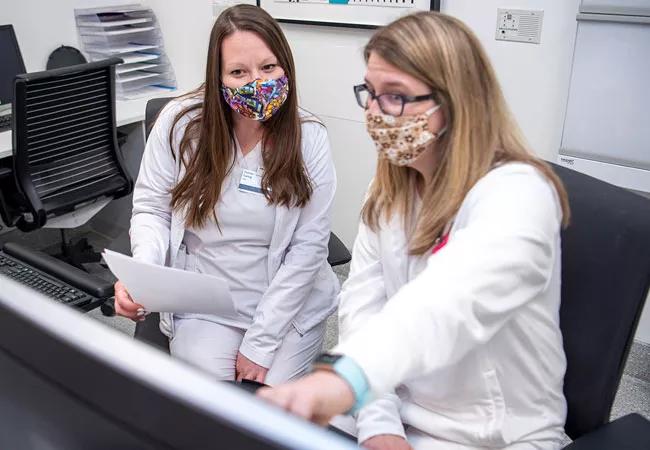
Clinical nurse orientation on the neurological ICU at Cleveland Clinic’s main campus is vital to ensure that high-acuity patients receive the best possible care. More than 80 nurses work on the 24-bed unit, which utilizes a 2-to-1 patient/nurse ratio. In the past six months alone, 22 new nurses have joined the neurological unit. All of these factors present challenges for orientation – particularly precepting. So the unit-based Shared Governance Council initiated a project in 2019 to standardize precepting.
Advertisement
Cleveland Clinic is a non-profit academic medical center. Advertising on our site helps support our mission. We do not endorse non-Cleveland Clinic products or services. Policy
“The idea behind the project was to make it safer for everybody involved and to help newer nurses be equipped with enough information to truly help them succeed,” says Amy Mahnke, BSN, RN, a clinical nurse on the unit and chair of the Shared Governance Council.
Previously, there was no standard process for selecting preceptors. Clinical nurses were usually asked by nurse managers to precept, often with little advance notice. In addition, there were no set prerequisites or required formal training to become a preceptor, and new nurses often worked alongside multiple preceptors during their 12-week orientation.
Lindsey Fascione, BSN, RN, a clinical nurse in the neurological ICU, approached Mahnke and the Shared Governance Council about spearheading a project to standardize precepting. The two nurses then held meetings on the unit with the nurse educator, clinical nurse specialist, nurse managers and clinical nurses to gather ideas on the most effective precepting process.
The unit implemented a standardized precepting process in mid-Spring 2019, which includes the following:
Advertisement
When the standardized program was put into place, 22 clinical nurses expressed an interest in becoming preceptors. By the end of 2019, 19 had completed training. In addition, nurses who served as preceptors prior to standardization of the program were also required to complete training. The neurological unit increased its number of trained preceptors by nearly 55%, with 86% of all preceptors having undergone formal training by the end of 2019.
“The RN orientation has been improved greatly by this process,” says Mahnke. “We are now able to match new hires with preceptors who are eager to participate and have the education and foundation to do it well.”
Advertisement
Advertisement
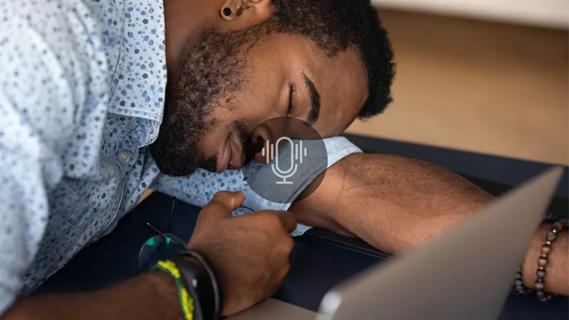
Testing options and therapies are expanding for this poorly understood sleep disorder
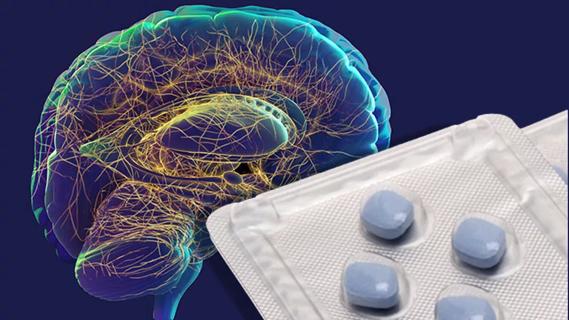
Real-world claims data and tissue culture studies set the stage for randomized clinical testing

Digital subtraction angiography remains central to assessment of ‘benign’ PMSAH

Cleveland Clinic neuromuscular specialist shares insights on AI in his field and beyond
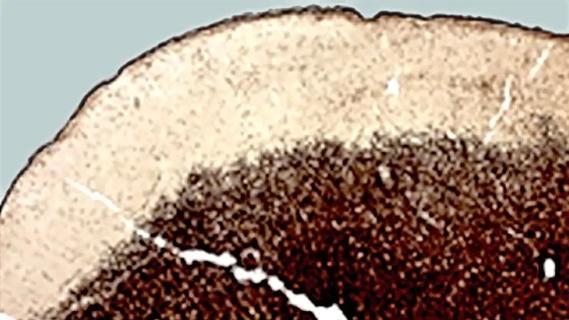
Findings challenge dogma that microglia are exclusively destructive regardless of location in brain
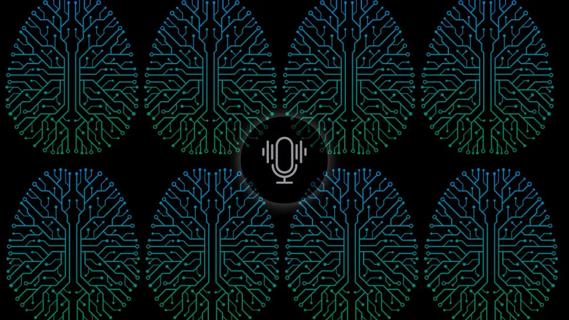
Neurology is especially well positioned for opportunities to enhance clinical care and medical training
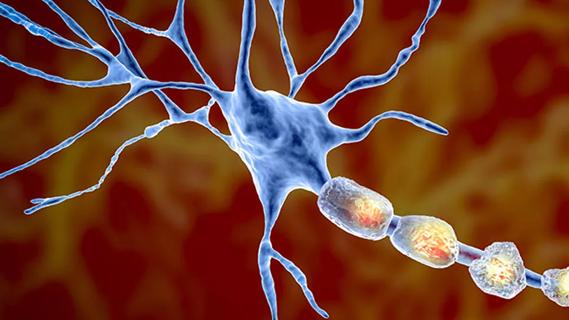
New review distills insights from studies over the past decade

Guidance from an expert on distinguishing — and co-managing — the disorders